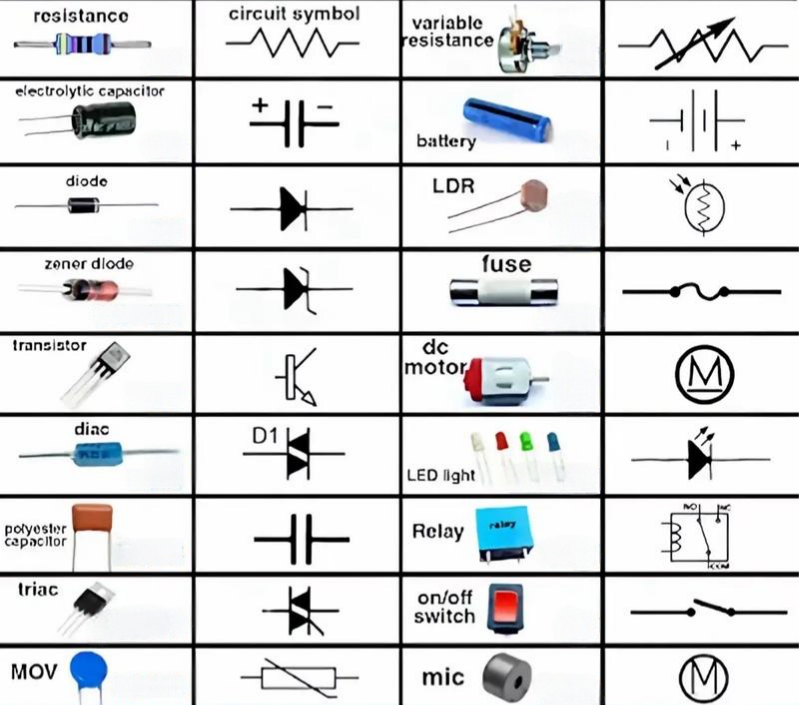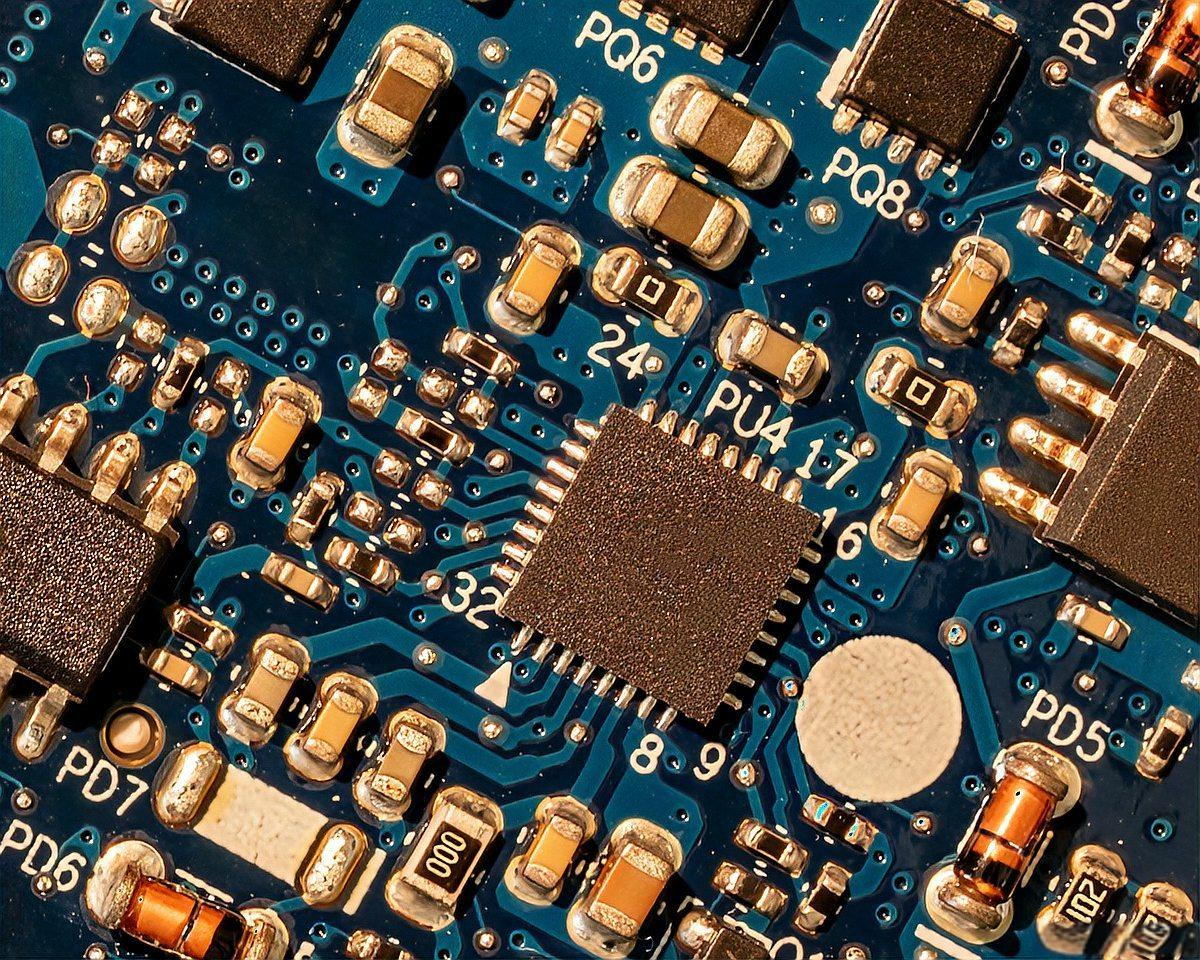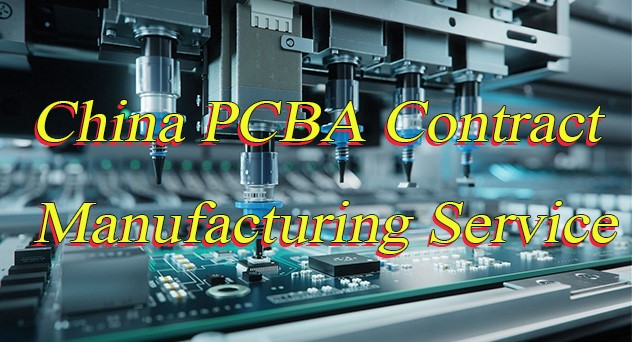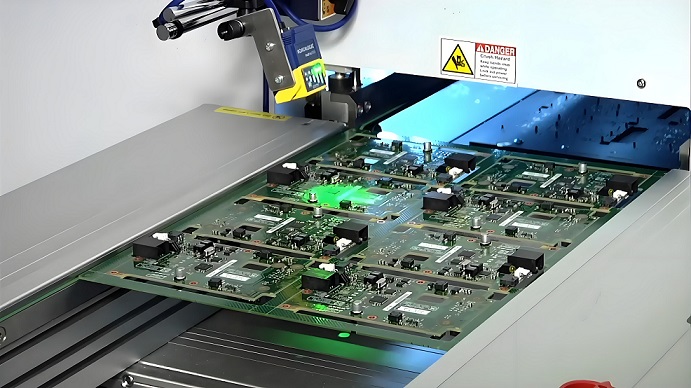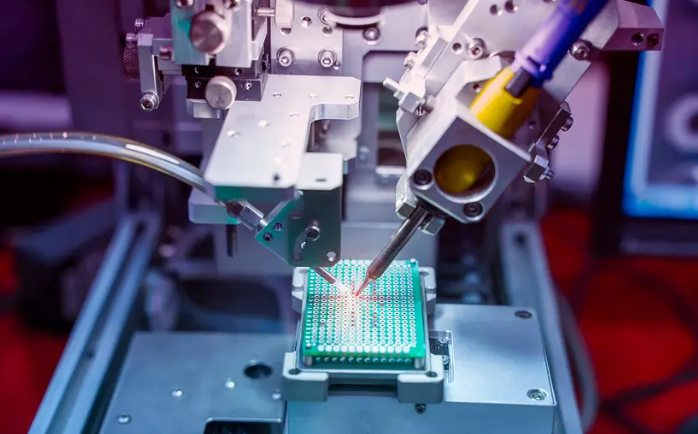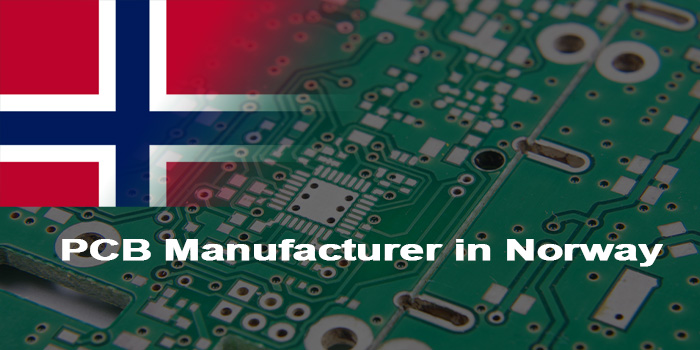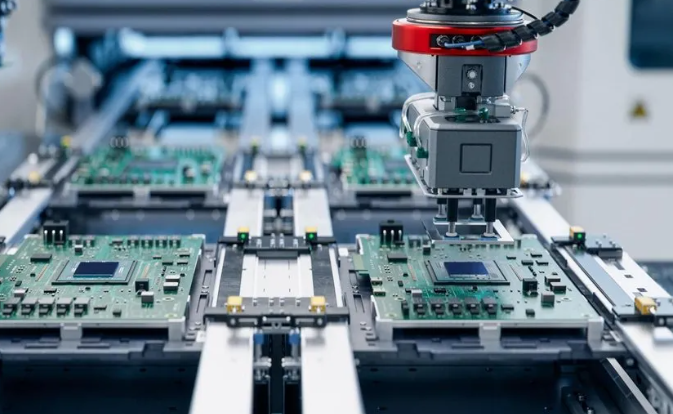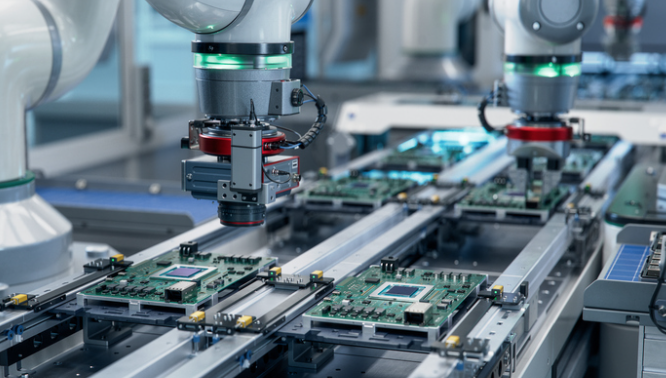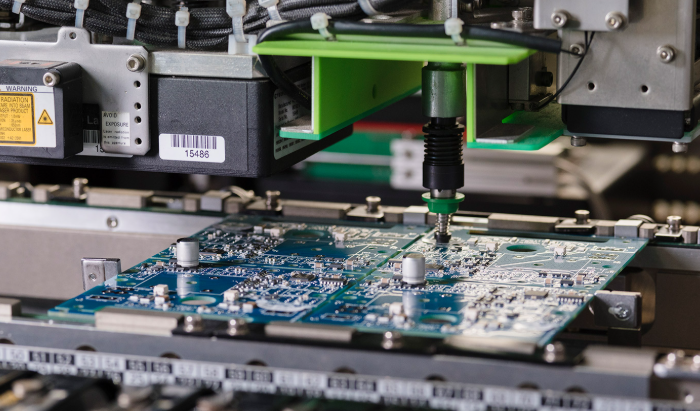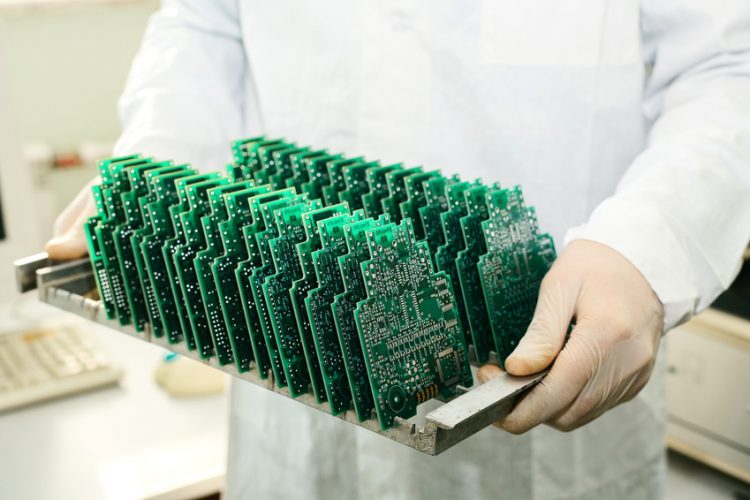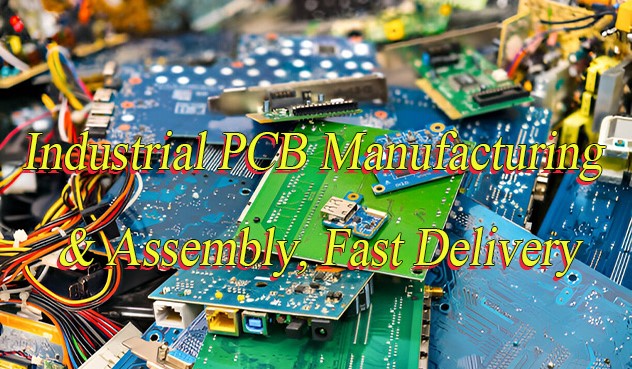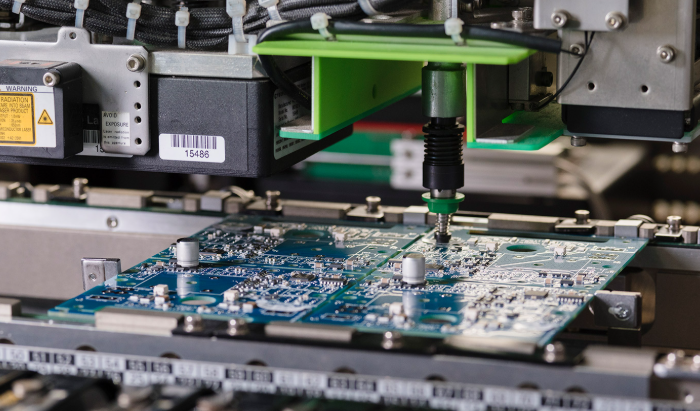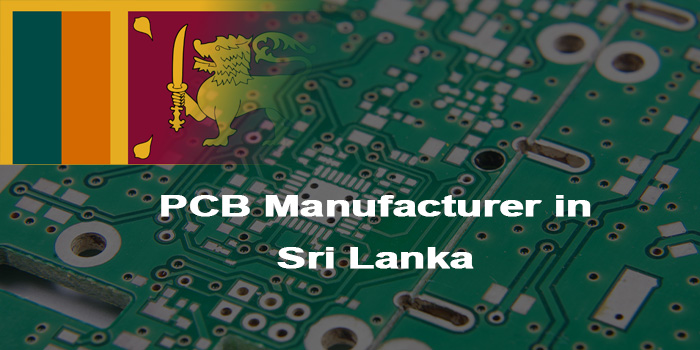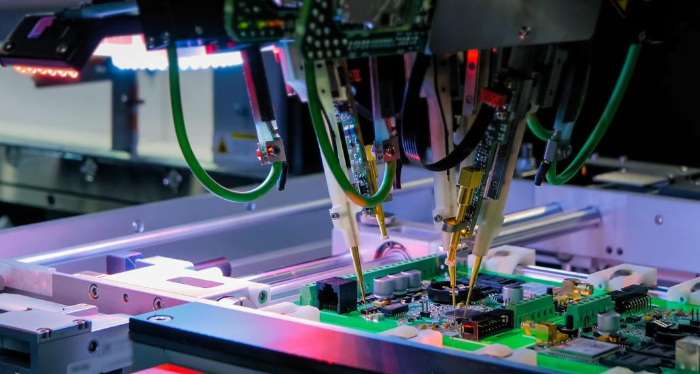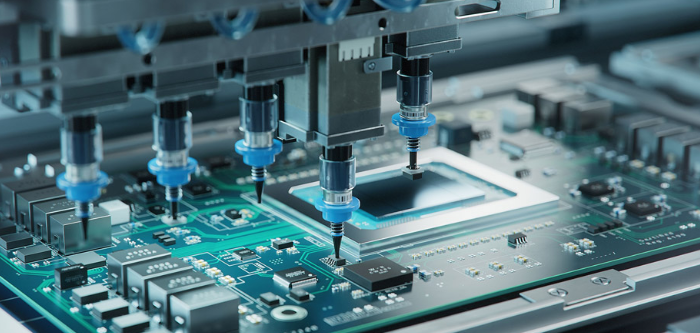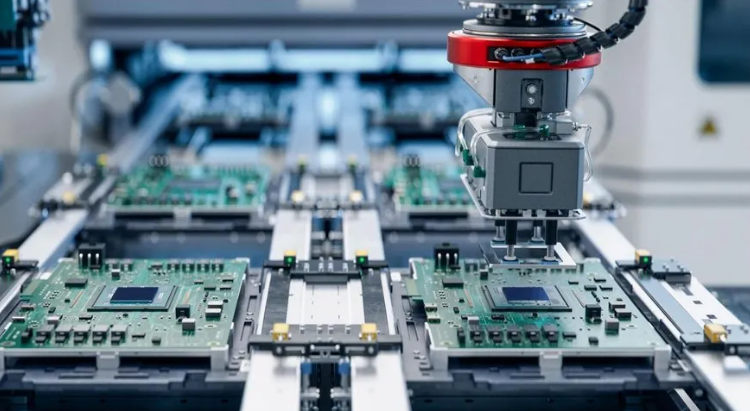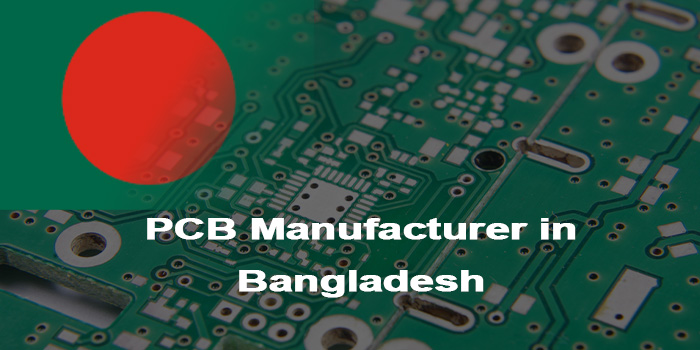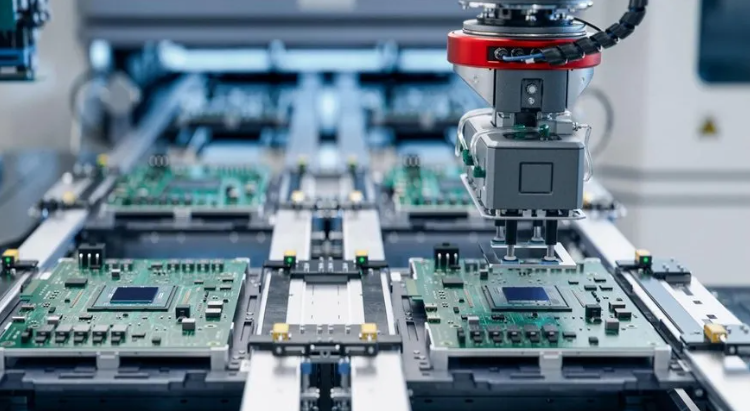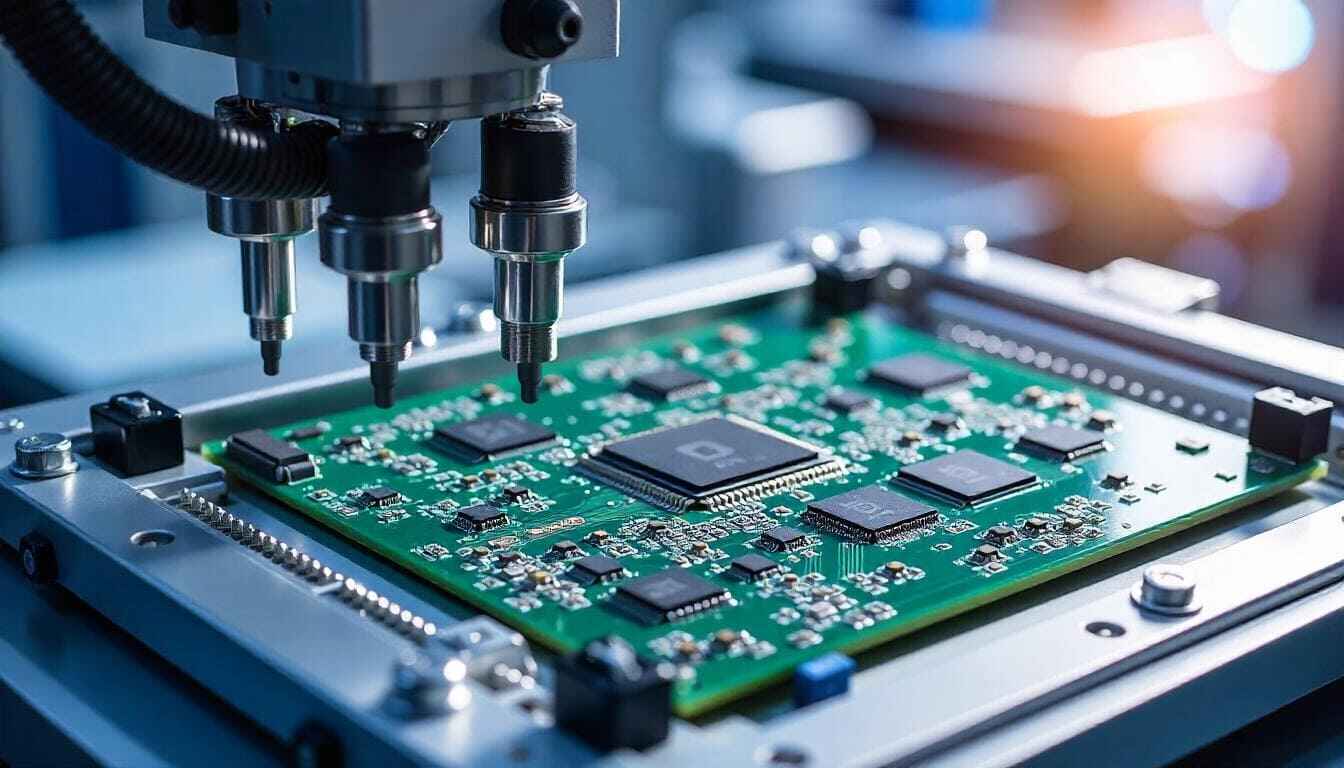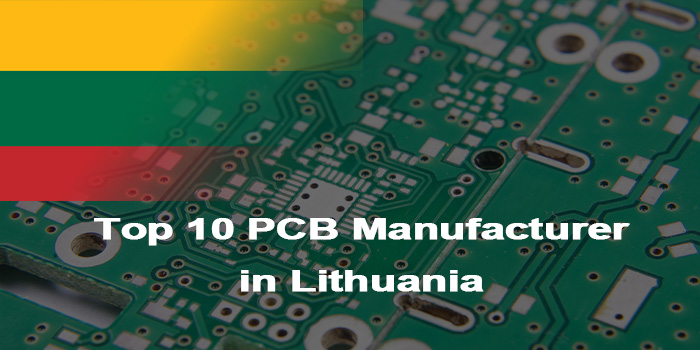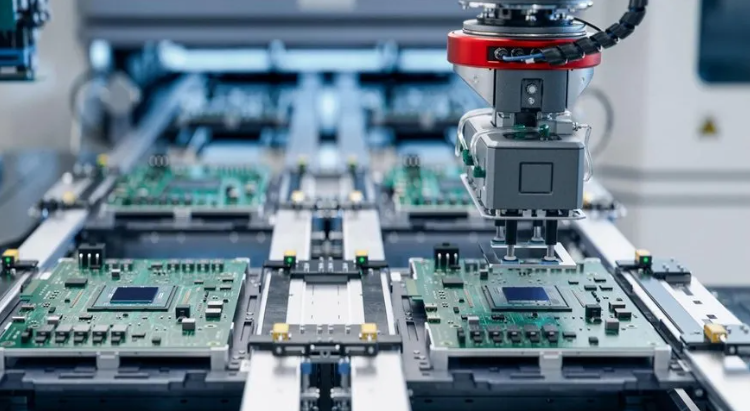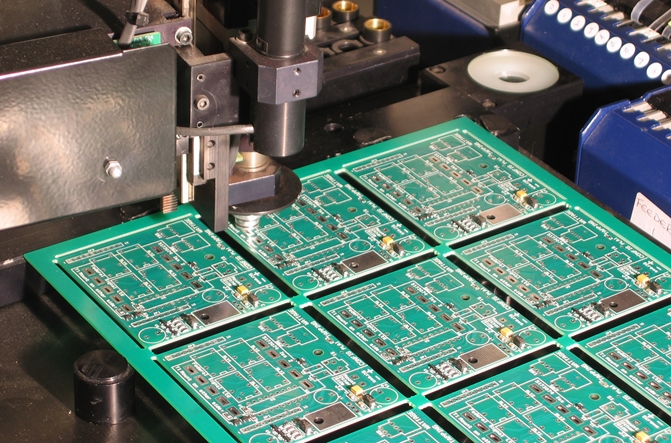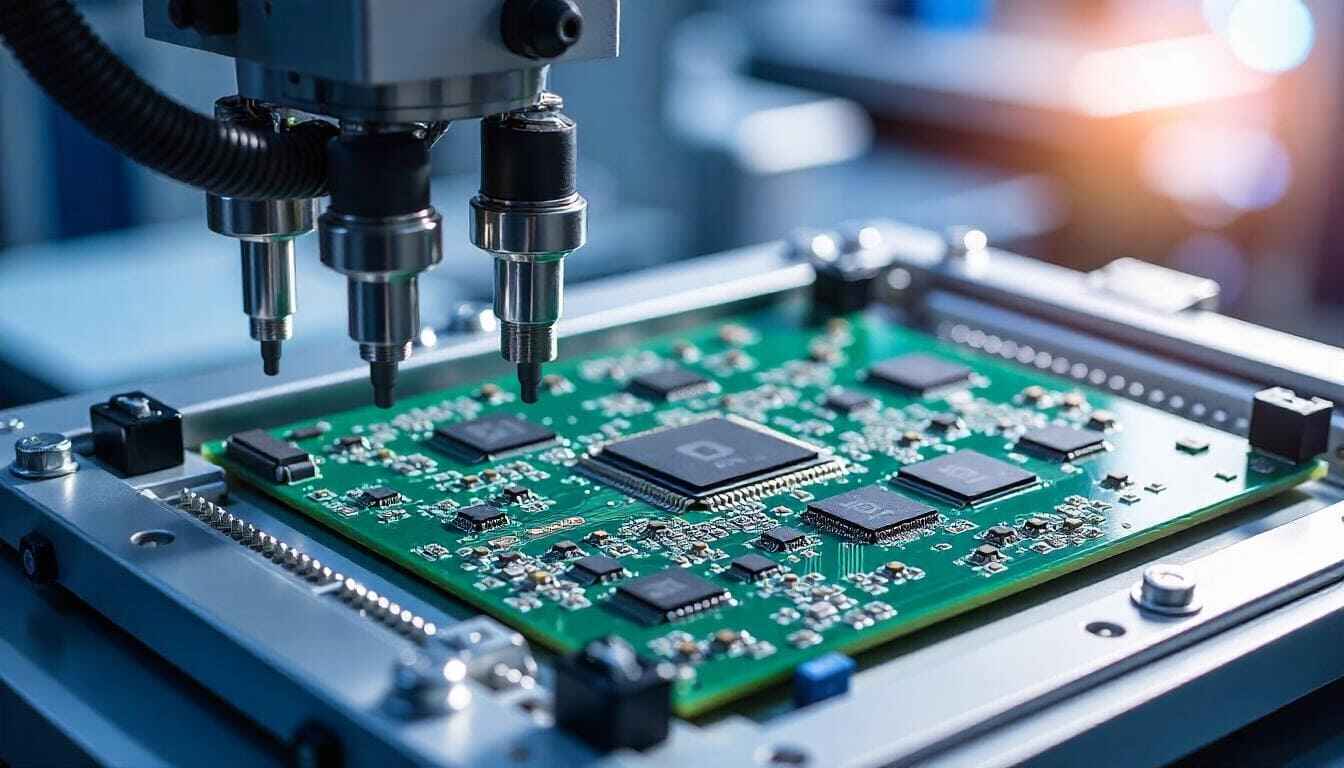When it comes to sourcing reliable main PCB assembly services, global electronics professionals increasingly turn to China for its comprehensive manufacturing capabilities and cost-effectiveness. Our factory, as a leading provider in the region, specializes in delivering high-quality main PCB assembly solutions tailored to the unique needs of industries ranging from automotive to consumer electronics. We combine advanced production technology with rigorous quality control to ensure that every main PCB assembly meets international standards, making us a trusted partner for businesses across Europe, Israel, Russia, and beyond.

What Is a Main PCB Assembly?
Main PCB assembly is the process of attaching electronic parts to a printed circuit board so the board becomes a complete system. It involves both manual and automated actions, depending on volume and design needs. This service is used for consumer electronics, industrial controllers, medical devices, automotive units, smart systems, and many other fields.
Furthermore, this workflow covers more than soldering. It begins with engineering review. Then it moves to component sourcing, SMT assembly, through-hole soldering, inspection, function testing, and packing. Every step affects the final performance. That is why buyers often look for a manufacturer with strong process control and fast communication.
In addition, main PCB assembly supports boards of many shapes and materials. FR4, metal core boards, flex circuits, rigid-flex boards, ceramic boards, and high-frequency materials are all used. This flexibility helps designers select the right base for their product goals.
Types of Main PCB Assembly Service
Different projects require different assembly modes, so a good manufacturer provides several options. Below are the common service types buyers often choose:
- SMT Assembly handles surface-mount parts. These parts sit on the surface of the board and need accurate placement. This method works for small resistors, capacitors, ICs, and fine-pitch chips.
- Through-Hole Assembly supports parts that require pins inserted through the board. It is widely used for connectors, transformers, relays, and high-current components. This method can use manual soldering or wave soldering, depending on volume.
- Mixed Assembly joins both SMT and through-hole. Many modern designs use this method because it offers flexibility in layout and strength.
- Turnkey Assembly gives you a complete solution. The manufacturer sources all components, builds the boards, does testing, and handles shipping. Buyers often choose this option to save time and reduce costs.
- Partial Turnkey Assembly lets the buyer supply some components while the manufacturer provides the rest. This option suits customers who already have approved vendors or hold components in stock.
- Prototype Assembly supports small batches for early testing. It helps buyers verify function before moving to mass production.

Main PCB Assembly Process
1. Design for Manufacturability (DFM) Review
- Before production commences, our engineering team performs a comprehensive DFM review of your PCB design. This proactive step identifies potential issues that could impact main PCB assembly, such as component placement conflicts, insufficient solder mask coverage, or unsupported trace widths, laying the groundwork for a seamless manufacturing process.
2. Component Sourcing and Inspection
- We source premium components exclusively from authorized distributors to ensure authenticity and consistent performance. Every component undergoes stringent incoming inspection, including visual examinations and electrical testing, to filter out defective parts before they enter the main PCB assembly workflow.
3. PCB Fabrication Preparation
- Bare PCBs are prepared for assembly through thorough cleaning to remove contaminants, followed by precise solder paste application onto pads using a stencil. This accurate application guarantees optimal solder coverage, which is critical for reliable component attachment during main PCB assembly.
4. Component Placement
- We utilize state-of-the-art SMT placement machines to accurately position components on the PCB. For DIP components, we employ either automated or manual insertion based on component type and design specifications. This stage is pivotal to ensuring the functionality and reliability of the final main PCB assembly.
5. Strict Quality Control Adhering to International Standards
- PCBs with placed components undergo soldering via reflow ovens (for SMT) or wave soldering machines (for DIP). The soldering process is meticulously controlled to form strong, dependable joints while preventing thermal damage to components‚ÄĒ a key quality criterion for Main PCB Assembly.
6. Post-Soldering Inspection and Rework
- After soldering, the Main PCB Assembly undergoes rigorous inspection using Automated Optical Inspection (AOI) machines and manual checks. This dual-inspection approach identifies defects like solder bridges, cold joints, or missing components, all of which are promptly reworked to meet strict quality standards.
7. Functional Testing
- The final stage of the Main PCB Assembly process is functional testing. The assembled PCB is connected to specialized test equipment to verify it operates in line with your specific requirements. This ensures the PCB is fully functional and ready for integration into your end product.
Why Choose EBest Circuit (Best Technology) for Main PCB Assembly Manufacturer?
Reasons Why Choose EBest Circuit (Best Technology) for main PCB assembly manufacturer:
Cost-Competitive Pricing with No Compromise on Quality:
- Leveraging our large-scale component sourcing (covering 60% of PCB production cost per industry data 1) and efficient production processes, we can reduce your Main PCB Assembly costs by 10%-15% compared to regional competitors. Our transparent pricing model includes no hidden fees, all material, labor, and testing costs are clearly itemized, helping you optimize project budgets with predictable expenses.
With 19 years of experience in motherboard assembly, we offer exceptional quality and reliability:
- Leveraging our extensive experience in the electronics manufacturing industry over 19 years, we have continuously refined our motherboard assembly process through more than 5,000 successful projects. We have over 80 experienced engineers and technicians (with an average of 12 years of industry experience) who can efficiently handle projects ranging from small-batch prototypes (10+ units) to large-scale production (100,000+ units), ensuring stable and reliable product quality and achieving a customer retention rate of 99.8%.
Fast and Reliable Lead Times
- Our standard lead time for motherboard assembly is 2-4 weeks, and we offer expedited services for urgent projects (small batch orders can be completed within 1 week). Our efficient production scheduling system and 24/7 production lines ensure a 99.5% on-time delivery rate, helping you avoid costly project delays.
Free Comprehensive DFM Analysis
- Our free DFM (Design for Manufacturability) analysis service helps you optimize your PCB design, improve manufacturability, reduce defect risk by 35%, and lower component-level production costs by 25% to 40%². Our engineers will provide detailed recommendations (e.g., component layout optimization, trace width adjustments) to improve motherboard assembly efficiency and enhance the reliability of the final product.
Full Turnkey Main PCB Assembly Solutions
- We offer end-to-end turnkey solutions for Main PCB Assembly, covering component sourcing (from 200+ authorized distributors), PCB fabrication, assembly, testing, and packaging. This one-stop approach reduces your supply chain coordination time by 80%, eliminates the hassle of managing multiple vendors, and ensures consistent quality control across all production stages.
Strict Quality Control Adhering to International Standards
- Our Main PCB Assembly processes fully comply with IPC-A-610G and ISO 9001:2015 standards. We implement 7-stage quality control measures, achieving a defect rate of less than 0.05%. All finished PCBs undergo 100% functional testing and AOI inspection, ensuring each product meets the highest quality requirements for industries like automotive and medical.
Advanced Production and Testing Equipment
- We have invested in and introduced state-of-the-art production equipment, including more than 10 high-precision SMT placement machines (positioning accuracy ¬Ī0.03 mm). Our X-ray inspection equipment can perform 100% inspection of all BGA components, and our functional testing stations support over 500 test protocols. With these advanced technologies, we are able to handle complex motherboard assembly designs (line width ‚ȧ20 micrometers) with extremely low defect rates.
Customized Solutions for Specialized Industries
- We specialize in customized Main PCB Assembly solutions for 6 core industries: automotive, medical, aerospace, consumer electronics, industrial control, and AI servers. Our team has completed 1,200+ industry-specific projects, including high-temperature resistant PCBs for EVs (-40¬įC to 125¬įC) and FDA-compliant assemblies for medical devices, ensuring tailored solutions meet industry-specific standards.
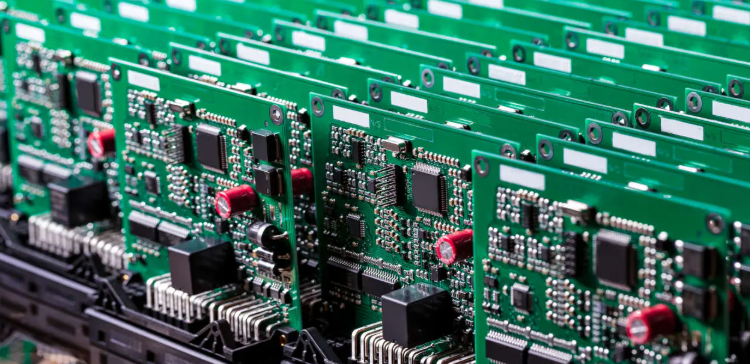
Our PCB Assembly Capability
| Item | Capabilities |
| Placer Speed | 13,200,000 chips/day |
| Bare Board Size | 0.2 x 0.2 inches – 20 x 20 inches/ 22*47.5 inches |
| Minimum SMD Component | 01005 |
| Minimum BGA Pitch | 0.25mm |
| Maximum Components | 50*150mm |
| Assembly Type | SMT, THT, Mixed assembly |
| Component Package | Reels, Cut Tape, Tube, Tray, Loose Parts |
| Lead Time | 1 – 5 days |
Our Quality Control in Main PCB Assembly
1. Incoming Material Inspection: All components and PCB materials undergo strict incoming inspection before entering the Main PCB Assembly process. We check for component authenticity, quality, and compliance with specifications, using advanced testing equipment to eliminate defective materials.
2. DFM Review Before Production: Our engineering team conducts a detailed DFM review to identify any design issues that could affect Main PCB Assembly quality. This proactive step ensures that the design is optimized for manufacturing, reducing the risk of defects.
3. In-Process Quality Checks: We perform regular in-process quality checks during Main PCB Assembly, including solder paste inspection, component placement verification, and soldering process monitoring. These checks ensure that each stage of production adheres to quality standards.
4. Automated Optical Inspection (AOI): After soldering, each Main PCB Assembly undergoes AOI testing to detect defects such as solder bridges, cold joints, missing components, and misaligned components. AOI technology enables fast and accurate inspection, ensuring consistent quality.
5. X-Ray Inspection for Complex Components: For complex components such as BGA (Ball Grid Array), we use X-ray inspection to verify solder joint quality. This non-destructive testing method ensures that hidden solder joints in the Main PCB Assembly are reliable and free from defects.
6. Functional Testing: Each Main PCB Assembly undergoes comprehensive functional testing to verify that it operates according to the client’s specifications. We use custom test fixtures and software to simulate real-world operating conditions, ensuring the PCB is fully functional.
7. Final Visual Inspection and Packaging: Before shipment, a final visual inspection is performed to ensure the Main PCB Assembly is clean and free from any defects. The PCBs are then packaged in anti-static materials to protect them during shipping and storage.
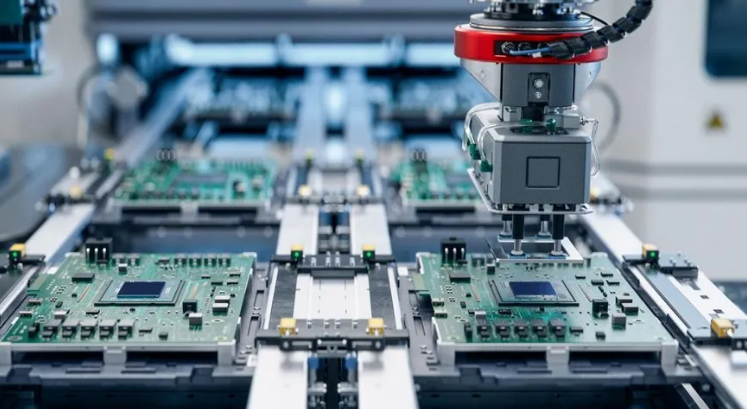
Case Studies of Our PCB Main Board Assembly
Project Requirements:
- A European automotive manufacturer required a high-reliability Main PCB Assembly for their electric vehicle (EV) battery management system. The project required compliance with automotive industry standards (ISO/TS 16949), strict temperature resistance (-40¬įC to 125¬įC), and a lead time of 4 weeks.
Our Solution:
- We conducted a detailed DFM review to optimize the PCB design for automotive applications. We sourced high-temperature components from authorized distributors and used a mixed-technology Main PCB Assembly process (SMT + DIP) to meet the component requirements. We implemented additional X-ray inspection for BGA components and performed rigorous environmental testing to ensure temperature resistance.
Output Results
- The Main PCB Assembly met all automotive industry standards and temperature resistance requirements. The project was delivered on time, with a defect rate of less than 0.1%. The client was impressed with the quality and reliability of the PCBs, leading to a long-term partnership for future EV projects.
How to Get A Quote For Main PCB Assembly Service?
Follow these steps to receive a customized quote tailored to your project needs:
1. Prepare Your Project Documents‚Äč: Gather the necessary documents, including PCB Gerber files, BOM (Bill of Materials), assembly drawings, and any specific requirements (e.g., industry standards, lead time, quantity). These documents help us accurately assess your main PCB assembly needs.‚Äč
2. Submit Your Inquiry‚Äč: You can submit your inquiry through our website‚Äôs quote request form, email, or by contacting our sales team directly. Please include your project documents and any additional information about your main PCB assembly requirements.‚Äč
3. Free DFM Analysis and Quote Preparation‚Äč: Our engineering team will conduct a free DFM analysis of your design and prepare a detailed quote for Main PCB Assembly. The quote will include pricing, lead time, quality control measures, and any recommendations to optimize your project.‚Äč
4. Review and Confirm‚Äč: Our sales team will send the quote to you for review. We are available to answer any questions and make adjustments to the quote based on your feedback. Once you confirm the quote, we will begin the Main PCB Assembly process according to your specifications.‚Äč
5. Production and Delivery‚Äč: After confirmation, we will start production and provide real-time updates on the progress of your Main PCB Assembly order. Once production is complete, we will ship the order to your specified location, handling all logistics and customs arrangements.
Welcome to contact us if you have any request for main PCB assembly: sales@bestpcbs.com.




